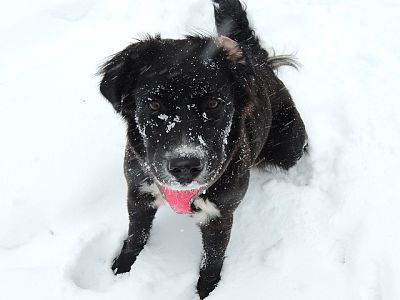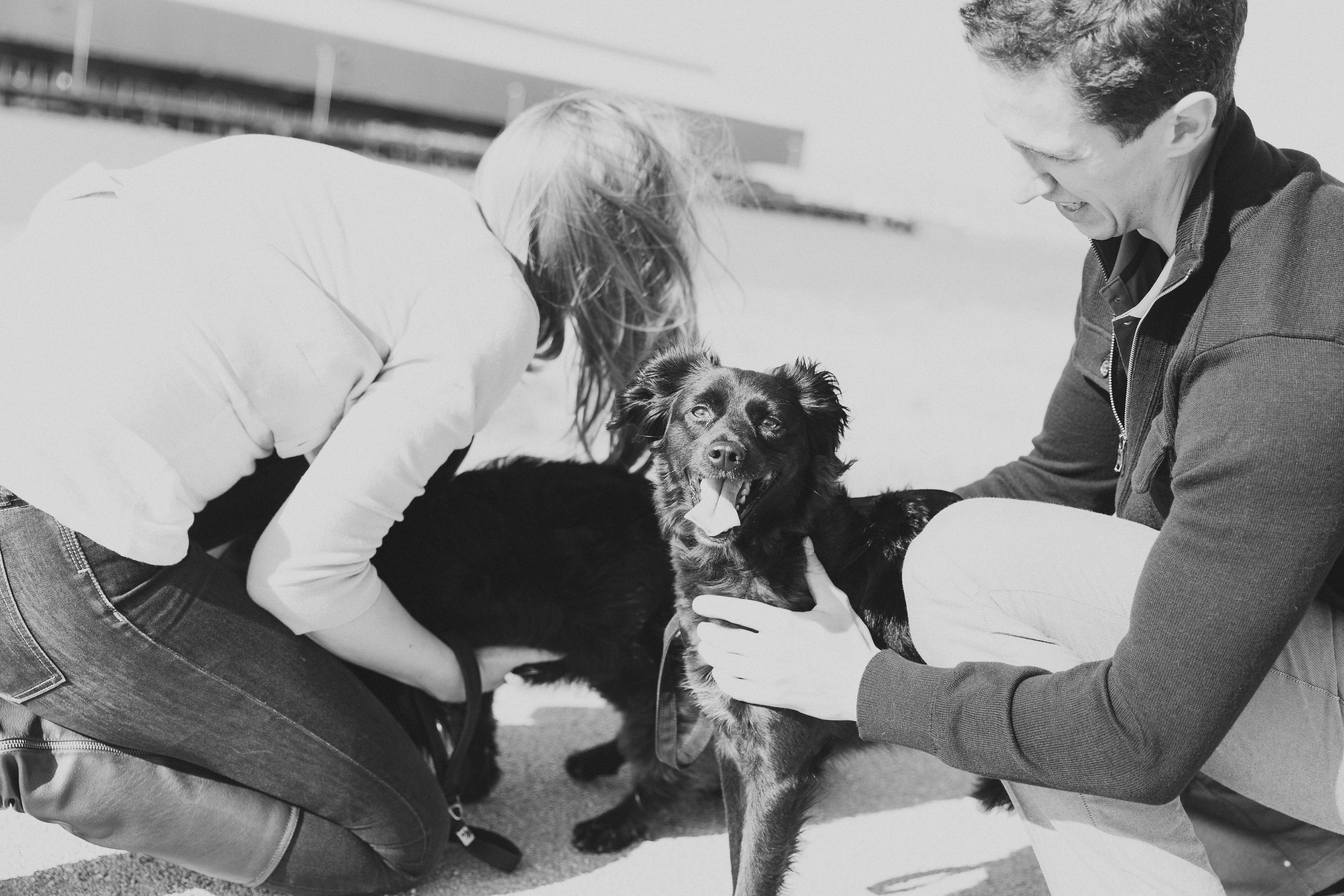Always limit exposure to frozen walkways (especially if your dog has short hair) to avoid frostbite. For an extra measure of protection, consider using booties to keep paws warm and covered, or special wax to avoid getting salt in between their toes.
Outerwear. It may seem like an unusual or frivolous idea, but there are dogs who do, in fact, need to wear a jacket or sweater in the colder months. Large-breed dogs that have longer, thicker hair don’t usually need to wear a coat or sweater, but smaller dogs with low body fat and thin hair are prime candidates. Keeping your pet covered provides protection and comfort when it’s cold or icy outside. Make sure to monitor your pet when they do have on a coat or sweater, and don’t leave them unattended while wearing one.
“Make sure to monitor your pet when they do have on a coat or sweater, and don’t leave them unattended while wearing one.”
Plants and Decor. Be careful with extra plants and decor this time of year. Many common holiday plants, like mistletoe and holly bushes are highly poisonous, while poinsettias and bulb kits have been proven to be mildly toxic. Glass decorations like ornaments and figurines also pose a danger if ingested. Holiday ribbons and bows can lead to intestinal problems if swallowed, and wires from electrical cords and lights are also safety risks. Monitor your pet regularly when you have decorations around the house, and call your vet immediately if you suspect your pet has eaten anything that could be harmful.
Holiday Foods. There are so many opportunities this time of year for your dog to get ahold of dangerous or unhealthy foods. Chocolate and candy are some of the worst foods your dog can ingest as both can be highly toxic. Forgo giving your dog leftovers since rich and fatty foods can cause vomiting and diarrhea. And definitely avoid giving your dog any cooked bones, particularly anything from a bird, which can splinter and puncture their internal organs. A lot of holiday breads contain dried fruits, and anything with raisins is toxic to your pet. If your dog gets a hold of anything that you suspect could be harmful, call your vet right away.

If you enjoyed this post, you should read “Winter And Your Dog” here.
How do you prep for winter? Share below!

Comment